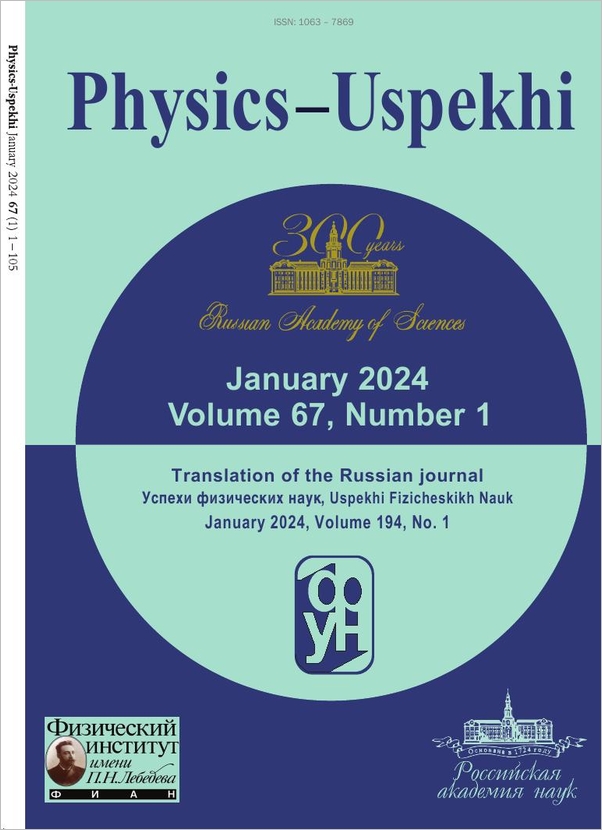|
This article is cited in 16 scientific papers (total in 18 papers)
CONFERENCES AND SYMPOSIA
Observing stellar mass and supermassive black holes
A. M. Cherepashchuk
Lomonosov Moscow State University, Sternberg Astronomical Institute
Abstract:
During the last 50 years, great progress has been made in observing stellar-mass black holes (BHs) in binary systems and supermassive BHs in galactic nuclei. In 1964, Zeldovich and Salpeter showed that in the case of nonspherical accretion of matter onto a BH, huge energy releases occur. The theory of disk accretion of matter onto BHs was developed in 1972–1973 by Shakura and Sunyaev, Pringle and Rees, and Novikov and Thorne. Up to now, 100 years after the creation of Albert Einstein's General Theory of Relativity, which predicts the existence of BHs, the masses of tens of stellar-mass BHs ($M_{\rm BH}=(4-35) M_\odot$) and many hundreds of supermassive BHs ($M_{\rm BH}=(10^6-10^{10}) M_\odot$) have been determined. A new field of astrophysics, so-called BH demography, is developing. The recent discovery of gravitational waves from BH mergers in binary systems opens a new era in BH studies.
Received: February 16, 2016
Accepted: December 23, 2015
Citation:
A. M. Cherepashchuk, “Observing stellar mass and supermassive black holes”, UFN, 186:7 (2016), 778–789; Phys. Usp., 59:7 (2016), 702–712
Linking options:
https://www.mathnet.ru/eng/ufn5491 https://www.mathnet.ru/eng/ufn/v186/i7/p778
|


| Statistics & downloads: |
| Abstract page: | 294 | | Full-text PDF : | 101 | | References: | 37 |
|





 Contact us:
Contact us: Terms of Use
Terms of Use
 Registration to the website
Registration to the website Logotypes
Logotypes









 Citation in format
Citation in format 
